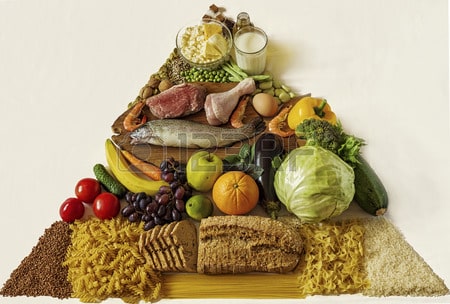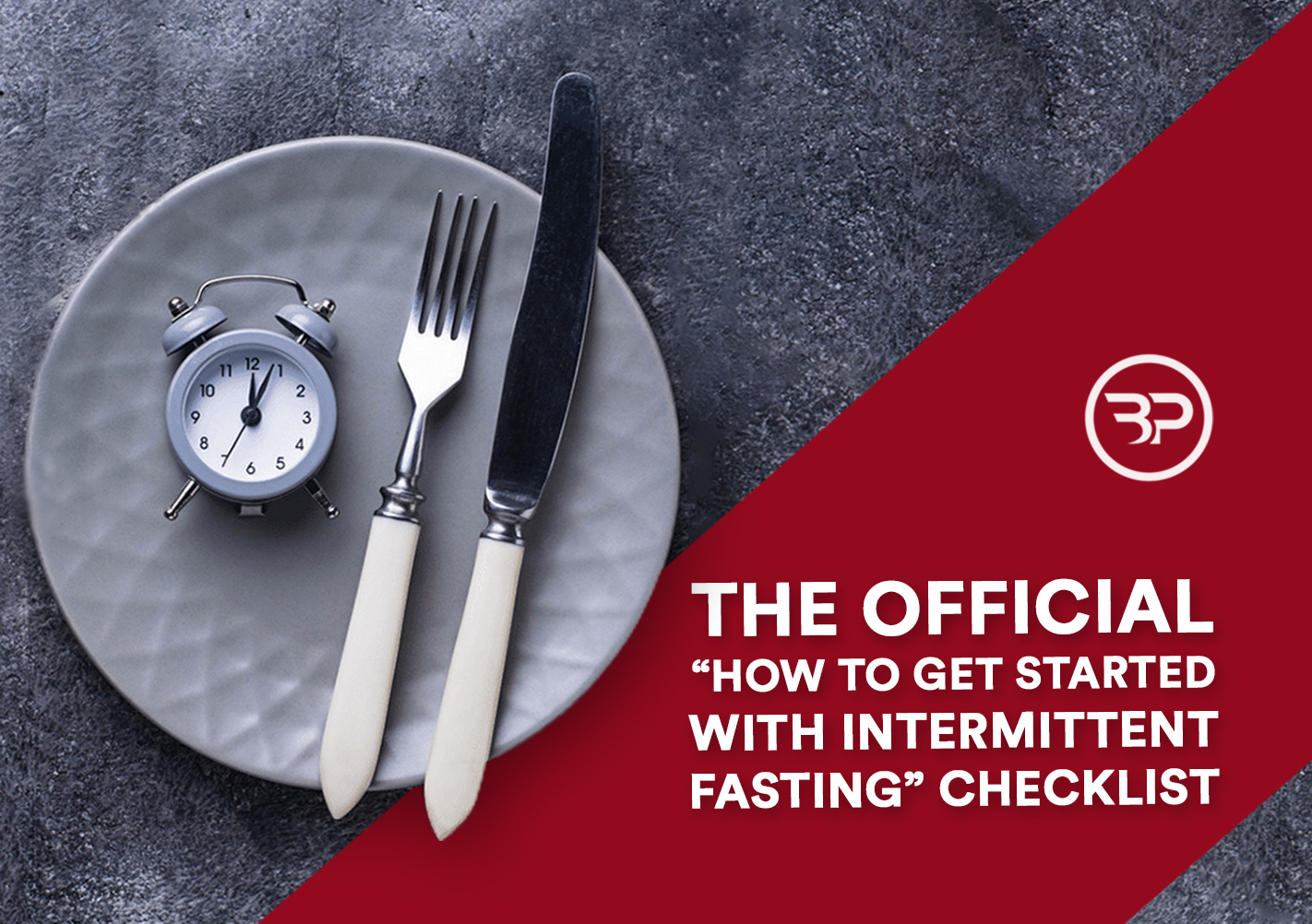Is Calorie Counting Practical?
August 20, 2013
Wednesday afternoon, 2:30 P.M. The bag of almonds is beside you as you send a trade request to your friend for fantasy football. You take a handful, then another, and then another. You bypass ESPN on your browser and click on your calorie counter. After all, you’ve tracked your diet for the last 3 months. You even saw great progress in the first six weeks and now you’re hooked.
Problem is, your diet has stalled.
You haplessly continue on, guessing at your portion sizes and recalling what you ate the last few days. Clicking, scanning and entering information that has a pretty solid chance at being incorrect. You’ve been traveling for work and it’s impossible to measure out food when it’s being served to you at a steakhouse…unless you’re one of those dudes who carries a food scale into restaurants.
As well as things were working before, calorie counting has become a burden. It’s become impractical for your busy life and you are no longer losing fat like you’d hoped.
All dietary changes will create some level of stress, and some tough decisions. Without a struggle, there is no progress. Changing the way you eat goes much further than simply food in food out; there is a huge emotional component of eating, as well as hunger and appetite signals.
In the short term, anyone can monotonously, robotically enter calories and macronutrients into a computer system. But how many can do it long term?
Few, very few. Just ask around, you will find tons of people who “used to” count their calories. They quit, gave up, and found it impractical. Now, they continue to struggle with their dietary behaviors and never developed control without thinking of food in numbers.
Calorie Counting isn’t that accurate.
Because of incorrect labeling, laboratory errors, and differences in food quality and preparation, calorie counts recorded on food labels and websites – even those within the USDA’s nutrient databases – can be off by as much as 25%.
For example, this study observed bagels on patients food records. The textbook weight of a bagel is 65 g; however, the bagels brought in by patients weighed between 98g-128g. That’s nearly twice the size of the textbook weight and up to a 550+kcal difference (Heymsfield, Darby, Muhlheim, Gallagher, Wolper & Allison, 1995).

Bottom line
Even if you’re the world’s best calorie counter, your calculations are off. Even the best data is wildly inconsistent due to factors such as growing conditions, seed quality (if a seed), and how your food is prepared. Now, this isn’t to say calorie counting is completely pointless. In fact, calorie counting is a great way to build awareness into your food choices and a great starting point in a fat loss diet.
But long term macro tracking is useless for most people. It’s inaccurate. It’s a major stress point. And for most folks, it adds unnecessary complexity and potentially unhealthy relationships with food.
Now, there are three circumstances in which I recommend counting calories.
- To start a diet and gain awareness of caloric intake and imbalances.
- To safely reverse diet and restart fat loss after failed long-term dieting.
- High-level body recomposition goals, like those prepping for a photo shoot or competition.
That’s it. So what is a better option?
The Palm Method
My friends at Precision Nutrition have developed an uber-advanced, spectacular way to count calories……
By using the palm of your hand.
“The palm of my hand?”
Yes! The palm of your hand gives you a consistent measuring tool that is unique to your body and is always with you. When preparing your meals how often does your food touch your hands? If you cook your own food probably quite a bit. Further, this method works well when eating out at restaurants.
Using the palm of your hand gives you a clear visual of how much food you should eat, rather than trying to estimate how much chicken equals out to 6 ounces.
For example, Men looking to lose fat would eat this:
-
1 – 2 palms of protein dense foods with each meal
-
1 – 2 fists of vegetables with each meal
-
1 – 2 thumbs of fat dense foods if including extra fats. (avoid in post-workout meal)
-
(Optional) 1 – 2 cupped handfuls of carb dense foods if post-workout or if you tolerate carbs well.
Women would eat:
-
1 palm of protein dense foods with each meal
-
1 fist of vegetables with each meal
-
1 – 2 thumbs of fat dense foods if including extra fats. (avoid in post-workout meal)
-
(Optional) 1 – 2 cupped handfuls of carb dense foods if post-workout or if you tolerate carbs well.
These obviously change due to factors such as body type, dietary style, carbohydrate tolerance, training intensity, health concerns, and current fitness goals.
Looking to gain lean mass or optimize recovery in your workouts? Increase the carbs post-workout.
Looking to lose body fat fast? Keep starchy carbs low and post-workout.
It doesn’t have to be exact.
It doesn’t have to be complicated.
It doesn’t have to be time-consuming.
Wrap Up
Calorie counting is rarely a feasible, long-term option for long-term sustainable fat loss. At best, it’s a tool to gain awareness and notice trends in your diet. At worst, it’s a wildly inaccurate stress point. Instead, adapt the palm method for stress-free meal tracking and keep your diet on track.
The best plans are rarely the best designed, most complex, most scientifically in depth.
The best plans, whether it’s diet or exercise, are the plans that are practical and can be done consistently. Consistency is the key.
Looking for a low-stress way to lose fat…and keep it off?
>>Join our free 30-Day Loss Course today<<
Sources:
Berardi, D. J. (2013, 6 13). How to fix a broken diet:3 ways to get your eating on track. Retrieved from http://www.precisionnutrition.com/fix-a-broken-diet
Heymsfield , S. B., Darby, P. C., Muhlheim, L. S., Gallagher, D., Wolper, C., & Allison, D. B. (1995). The calorie: myth, measurement, and reality.American Journal of Clinical Nutrition, 65, 1034-1041. Retrieved from http://ajcn.nutrition.org/content/62/5/1034S.full.pdf html
For more information and strategies check out this free 5 day fat loss course for:
Men==> Fat Loss Course For Men
Women ⇒ Fat Loss Course For Women







